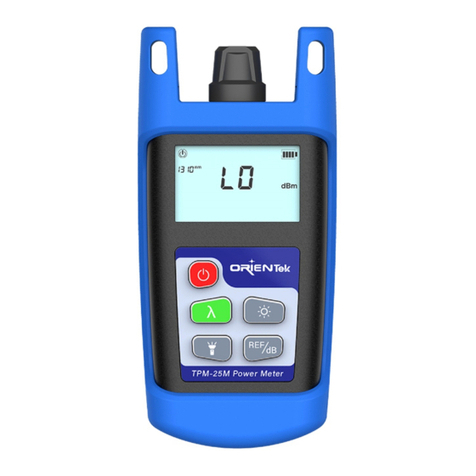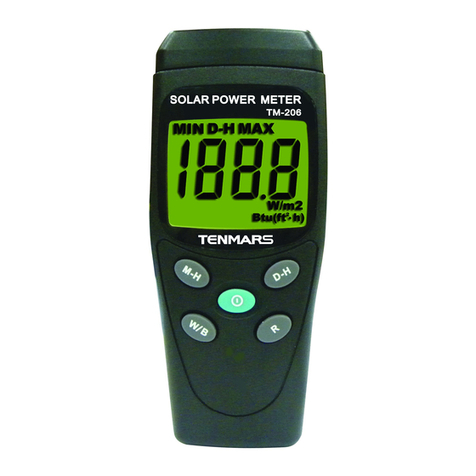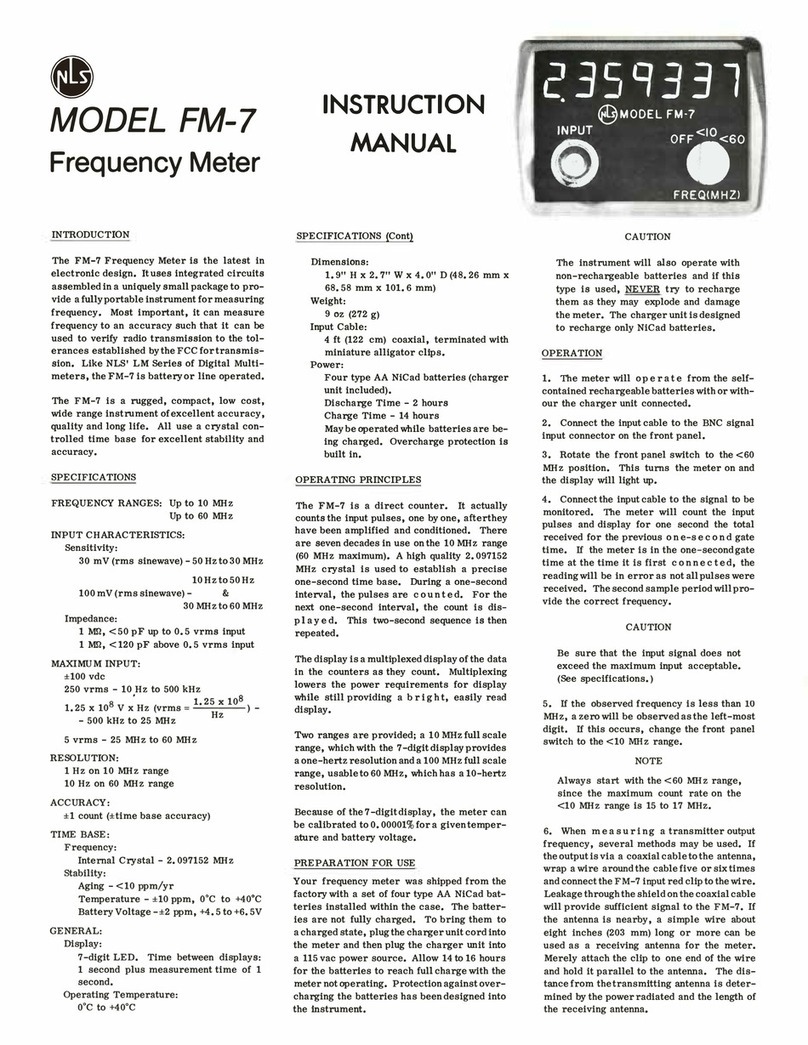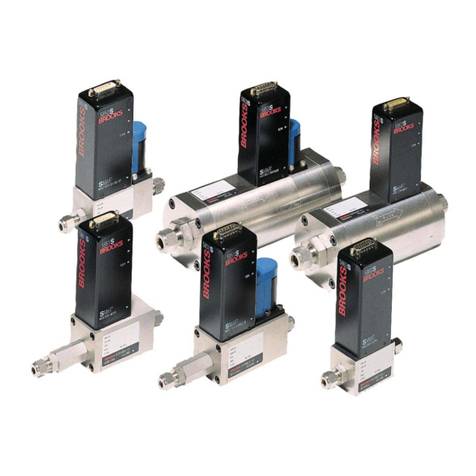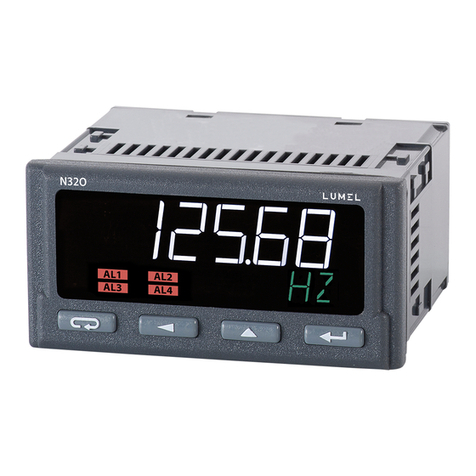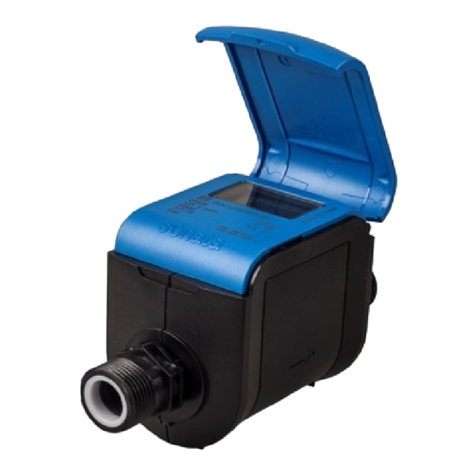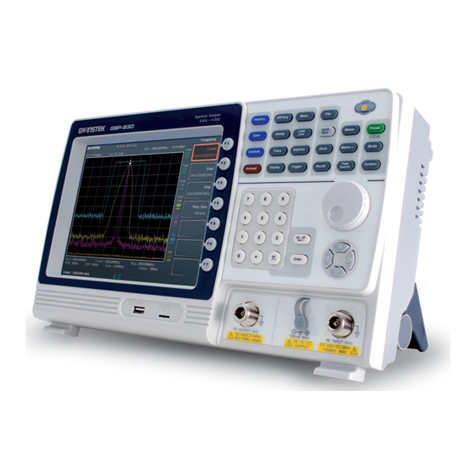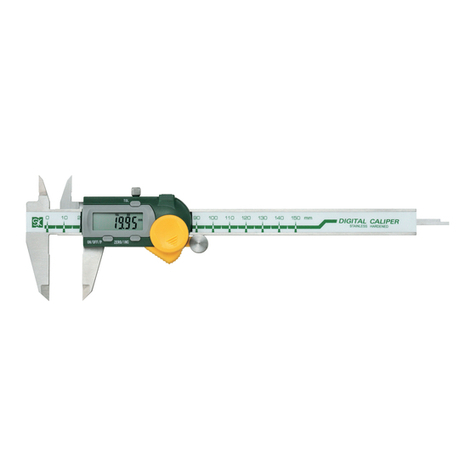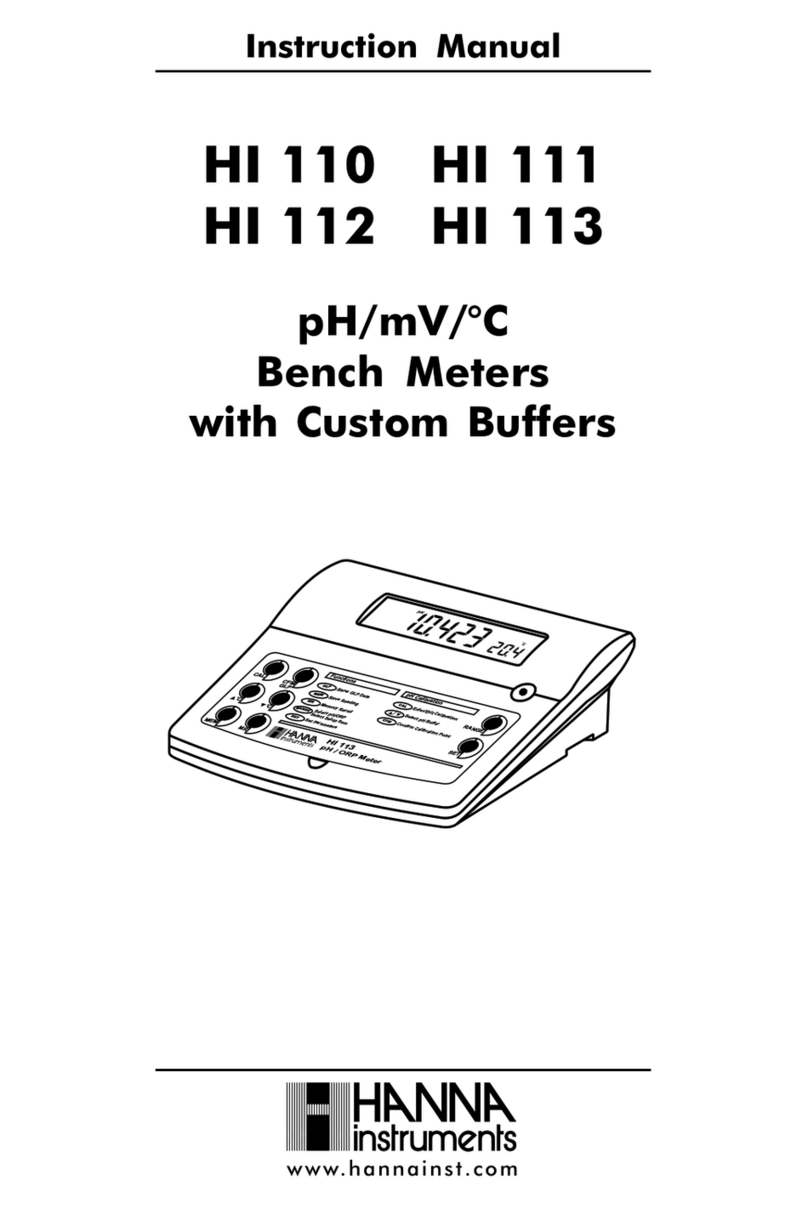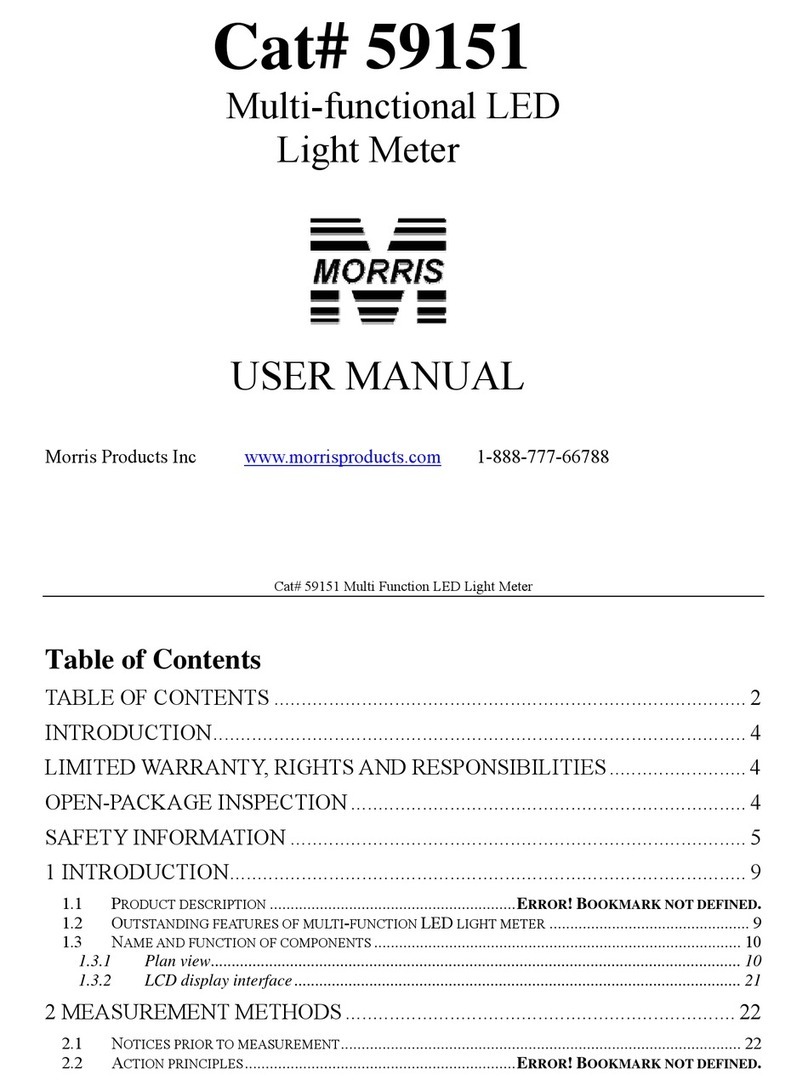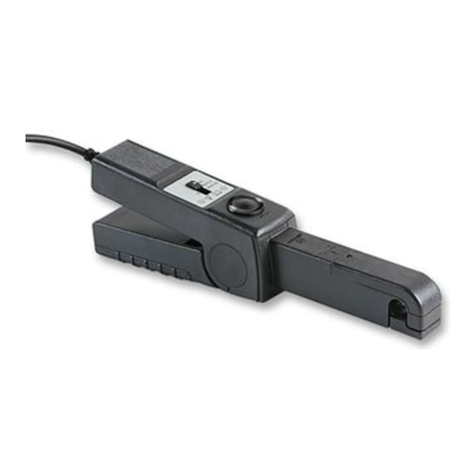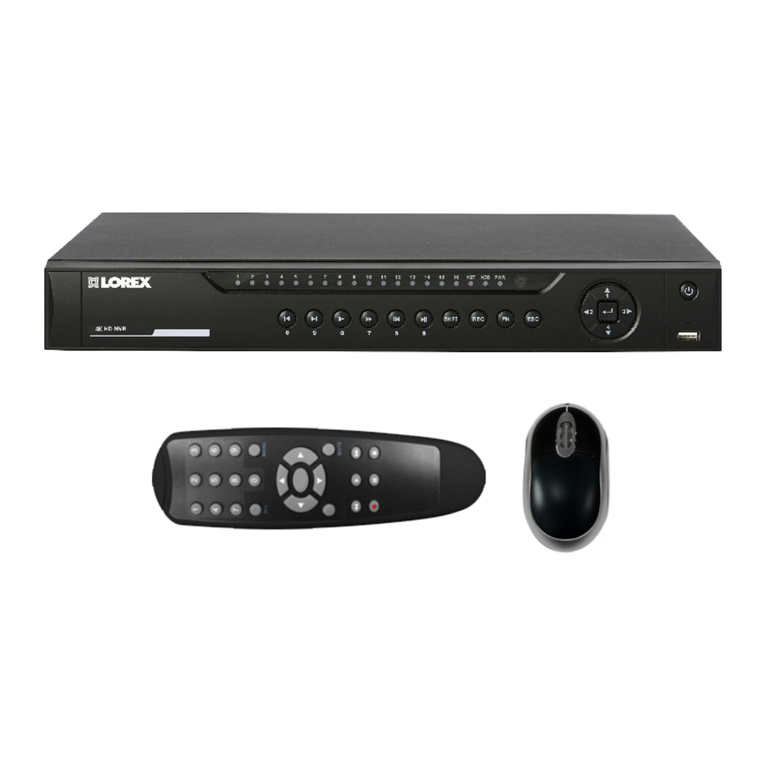Vitrolife Log & Guard B:safe User manual

Log & Guard™ B:safe
Monitoring trolley for cryostorage
User manual
Log & Guard B:safe
User manual, first issue 2021.03.01/International/English

Log & Guard B:safe
- 2 -
Table of contents
1Introduction............................................................................................................................4
1.1 Limitation of liability.........................................................................................................4
2Overview of the Log & Guard B:safe monitoring trolley .....................................................5
2.1 Specifications of the Log & Guard B:safe monitoring trolley............................................5
2.2 Unpacking and installation of the Log & Guard B:safe monitoring trolley.........................7
2.2.1 Unpacking the Log & Guard B:safe monitoring trolley..........................................7
2.2.2 Integration into the Log & Guard software............................................................8
2.2.3 Assembly of Log & Guard B:safe components.....................................................9
2.2.4 Installation of the optional low temperature sensor and alarm contact ...............14
3Getting started –operation of the Log & Guard B:safe monitoring trolley......................15
4Display of sensor data and sensor channels.....................................................................17
4.1 Display of sensor data of the Log & Guard B:safe monitoring trolley: overview page ....17
4.2 Display of sensor channels of the Log & Guard B:safe monitoring trolley: detailed
channel view pages.......................................................................................................18
5Configuration and calibration of sensor channels ............................................................22
5.1 Configuration of the sensor channels of the Log & Guard B:safe monitoring trolley ......22
5.1.1 Access to the configuration area........................................................................22
5.2 Configuration of the weight sensor channel of the Log & Guard B:safe monitoring
trolley............................................................................................................................23
5.3 Single-point calibration of the weight sensor channel of the Log & Guard B:safe
monitoring trolley...........................................................................................................27
5.4 Configuration of the surface temperature sensor channel of the Log & Guard B:safe
monitoring trolley...........................................................................................................29
5.5 Single-point calibration of the surface temperature sensor channel of the Log & Guard
B:safe monitoring trolley................................................................................................35
5.6 Configuration of the surface temperature difference channel of the Log & Guard
B:safe monitoring trolley................................................................................................37
5.7 Single-point calibration of the surface temperature difference channel of the Log &
Guard B:safe monitoring trolley.....................................................................................42
5.8 Configuration of the calculated relative evaporation channel of the Log & Guard
B:safe monitoring trolley................................................................................................43
5.8.1 Setting the start time and interval duration for the evaluation of the relative
evaporation rate.................................................................................................43
5.8.2 Determining the threshold levels for the relative evaporation rate......................44

Log & Guard B:safe
- 3 -
5.9 Configuration of the optional low temperature sensor channel of the Log & Guard
B:safe monitoring trolley................................................................................................49
6Symbols and labels..............................................................................................................53
7Disposal of waste.................................................................................................................53
8Contact information.............................................................................................................54
Log & Guard is a registered trademark belonging to the Vitrolife Group.
©2021 Vitrolife A/S. All rights reserved.

Log & Guard B:safe
- 4 -
1 Introduction
This user manual provides information on how to use the Log & Guard B:safe monitoring trolley for
cryostorage.
Log & Guard is an automated 24/7 monitoring system that was created and developed specifically
for IVF. The Log & Guard B:safe monitoring trolley enables the monitoring of the storage of
cryopreserved oocytes, sperm and embryos.
The Log & Guard B:safe monitoring trolley is to be combined with a Log & Guard controller
supporting wireless data transmission to collect and display the data, save them permanently and
send out text message alerts in case a cryostorage tank is malfunctioning. The Log & Guard B:safe
monitoring trolley can be added to any existing Log & Guard monitoring network with a controller
supporting wireless data transmission.
The product fulfils the requirements of EN 61326-1:2013: Electrical equipment for measurement,
control and laboratory use.
1.1 Limitation of liability
It is the sole responsibility of the clinic to ensure that cryopreserved material is kept safe at all
times, e.g. by having more than one safety system in place. Vitrolife assumes no liability for any
loss of or damage to cryopreserved material contained in storage tanks monitored by the Log &
Guard B:safe monitoring trolley.

Log & Guard B:safe
- 5 -
2 Overview of the Log & Guard B:safe
monitoring trolley
Figure 1: Log & Guard B:safe monitoring trolley with storage tank.
2.1 Specifications of the Log & Guard B:safe monitoring
trolley
Figure 2: Log & Guard B:safe monitoring trolley: Plate with surface temperature sensor, holding
rods, bearing parts, skirt with access to alarm socket and battery case, and wheels.

Log & Guard B:safe
- 6 -
Table 1: Specifications of the Log & Guard B:safe monitoring trolley
Reference number
14840/0213
Monitoring trolley
Ø 70 cm, H: 16 cm, weight: 20 kg
Holding rods: Ø 2 cm, H: 8 cm, for storage tanks with an outer diameter of 451 to
508 mm (most tanks with a volume between 25 and 60 litres)
Five wheels
Batteries
2 x LR20 (alkaline, high capacity)
Battery lifetime
Approximately 3 years for recommended sampling intervals
Sensor type
Weight
Surface temperature
Calculated relative
evaporation
Measuring range
0-100 kg
-199 °C to +50 °C
N/A
Accuracy
+/- 20 g
+/- 0.5 °C
N/A
Resolution
10 g
0.1 °C
N/A
Recommended
measurement interval
15-30 minutes
15-30 minutes
6-12 hours
(selectable range)
Calibration
By single-point calibration to externally measured
value
N/A
Interface
Combined 4-pin socket for storage tank alarm relay and for optional low
temperature sensor (for measuring the temperature inside the storage tank)
Working temperature
20-50 °C; stable temperature required
Relative humidity
range
0-99 %
Features
Wireless transmitter
Requirements for
operation
The Log & Guard B:safe monitoring trolley must be placed in the same room as
the Log & Guard controller or an Ethernet gateway connected to the controller.

Log & Guard B:safe
- 7 -
Do not step on the monitoring trolley.
Do not lean on the monitoring trolley or tank.
The monitoring trolley must only be used with all five holding rods installed
correctly.
Two persons must handle the storage tank when positioning it on or removing it
from the monitoring trolley.
Relocation should be avoided. If relocation is necessary: be careful, move
slowly, relocate on an even floor, watch your feet and wear protective shoes.
Observe the RF limitation and measurement intervals.
Avoid contact between the monitoring trolley and other items to ensure correct
measurement.
Ensure that the ambient temperature is stable.
2.2 Unpacking and installation of the Log & Guard B:safe
monitoring trolley
The Log & Guard B:safe monitoring trolley can be connected to any Log & Guard controller that
has a serial number starting with AOLG. To ensure optimum signal strength, the Log & Guard
B:safe monitoring trolley should be installed in the same room as the Log & Guard controller or an
Ethernet gateway connected to the controller.
2.2.1 Unpacking the Log & Guard B:safe monitoring trolley
Take all parts out of the box. The loose holder with the surface temperature sensor is attached to
the underside of the monitoring trolley (Figure 3). A small box containing holding rods, screws,
Allen keys and batteries is included with the monitoring trolley (Figure 4).
List of items included in the box:
•Log & Guard B:safe monitoring trolley with surface temperature sensor attached
•5 holding rods (5 screws, 5 studs and 5 guides)
•Allen keys (2 mm, 3 mm and 6 mm)
•2 x LR20 alkaline high-capacity batteries.

Log & Guard B:safe
- 8 -
Figure 3: Loose holder with the surface temperature sensor attached to the underside of the
monitoring trolley.
Figure 4: Small box containing holding rods, screws, Allen keys and batteries.
2.2.2 Integration into the Log & Guard software
For sensor channel integration into the Log & Guard software, please provide the MAC address
printed on the label on the skirt of the Log & Guard B:safe monitoring trolley to Vitrolife support.

Log & Guard B:safe
- 9 -
2.2.3 Assembly of Log & Guard B:safe components
Installing the surface temperature sensor
Figure 5: Surface temperature sensor mounted on the underside of the trolley during shipment.
1. Remove the surface temperature sensor from the underside of the trolley.
2. Flip the trolley onto its back and place it upside down on the edge of a table (Figure 6).
Figure 6: Surface temperature sensor being mounted from the underside of the trolley.
Alternatively, the trolley may be flipped onto its side if no table is available (Figure 7).

Log & Guard B:safe
- 10 -
Figure 7: Log & Guard B:safe monitoring trolley on its side for removal and mounting of the surface
temperature sensor.
3. Mount the surface temperature sensor from the underside of the trolley as shown (Figure 8).
Figure 8: Surface temperature sensor being fixed to the trolley from below.

Log & Guard B:safe
- 11 -
Figure 9: Surface temperature sensor and parts assembled.
4. Move the holder of the surface temperature sensor in non-contact position towards the edge of
the monitoring trolley and lock it there using the red hook (Figure 10A).
5. To place the surface temperature sensor in measuring position, lift the red hook to release the
holder and check that the sensor tip is in contact with the tank surface (Figure 10B).
A B
Figure 10: Surface temperature sensor: A. Locked position (red hook) for removal or installation of
the storage tank. B. Measuring position in contact with the storage tank surface.

Log & Guard B:safe
- 12 -
Installing the holding rods
The Log & Guard B:safe monitoring trolley has five holding rods for securing the storage tank
placed on top of it. The holding rods can be adjusted to fit tanks with a diameter from 451 to 508
mm.
Danger of accident and injury.
Two persons must handle the storage tank when positioning it on or removing it
from the monitoring trolley.
Do not step on the monitoring trolley.
Do not lean on the monitoring trolley or tank.
Watch your feet and wear protective shoes.
See Figure 11 for tank diameters and suitable hole positions.
Figure 11: Holding rod positions and suitable tank diameters.
Alternatively, check for the most suitable hole position directly by carefully placing the storage tank
in the centre of the monitoring trolley (remove it again to fix the holding rods).

Log & Guard B:safe
- 13 -
A B
Figure 12: A. Log & Guard B:safe monitoring trolley with holding rods and covers before installation.
B. Holes for installation of the holding rods for storage tanks with a diameter of 451 to 508 mm.
Figure 13: Screw with stud.
1. All holding rods must be installed in the same hole position (counted from the outermost to the
innermost hole in each set of holes in the surface plate of the monitoring trolley).
2. Fix all screws with studs for securing the holding rods in the correct hole positions (Figure 13).
3. Cover the screws with the holding rods.

Log & Guard B:safe
- 14 -
Inserting or changing the batteries
The battery case is behind the cover plate bearing the Vitrolife logo (Figure 14).
1. Unscrew the two screws of the cover plate completely to remove the plate (keep the screws
and the plate).
2. Insert two batteries, type LR20. Observe correct polarity as indicated inside the battery case.
The minus pole, which is the flat part of a battery, must touch the spring inside the battery
case.
3. Attach the cover plate and fix it using the two screws. Stop when fixed, do not overtighten!
Figure 14: Battery case of the Log & Guard B:safe monitoring trolley. Remove the cover plate after
unscrewing the two screws.
2.2.4 Installation of the optional low temperature sensor and alarm contact
1. Use a 2 mm Allen key to loosen the screws holding the small cover plate, and remove the
cover plate to uncover the socket.
2. Plug the low temperature sensor into the socket in the correct orientation.
Figure 15: Access to the alarm socket on the top of the Log & Guard B:safe monitoring trolley.
A special coupling is required to connect both the cables of the low temperature sensor and the
cables of the alarm contact to fit the socket inside the Log & Guard B:safe monitoring trolley.
Contact Vitrolife support if needed.

Log & Guard B:safe
- 15 -
3 Getting started –operation of the Log &
Guard B:safe monitoring trolley
The monitoring of a storage tank using the Log & Guard B:safe monitoring trolley can be started at
any time. Read this section carefully before starting the operation of a newly installed Log & Guard
B:safe monitoring trolley.
Let the Log & Guard B:safe monitoring trolley equilibrate to ambient temperature
before start of operation. Increases in temperature will affect the weight sensor
and lead to an incorrect weight measurement with an artificial increase in weight.
Check that the surface temperature sensor is in measuring position, touching the
tank surface.
Adjustment of values and intervals
1. Set the thresholds and measurement intervals according to the recommendations for channel
configuration while the remote alerting function of the Log & Guard system is deactivated.
2. The installing technician must observe for five days whether the thresholds meet the average
performance of the devices monitored by the Log & Guard system. Adjust the thresholds of
individual Log & Guard sensors as necessary (alternatively, set alarm delay times or optimise
the performance of your equipment, e.g. by adjusting set points).
3. After performing the necessary adjustments, activate the remote alerting function of all
relevant Log & Guard channels.
Weight monitoring
1. Start the first full weight measuring cycle by pressing the tare button after refilling the storage
tank to the full level of liquid nitrogen. If the tare reset is successful, the LED above the
battery case will light once and an audible signal will be released (Figure 16).
Never press the tare button if the storage tank is not refilled to the full level of
liquid nitrogen! Weight monitoring must always start from a defined point (full =
zero) to enable reliable alerting in subsequent filling cycles.

Log & Guard B:safe
- 16 -
Figure 16: Tare button and LED.
The subsequent weight loss caused by the evaporation of liquid nitrogen over time will be
displayed and recorded as a negative weight measured from the zero starting point.
2. Refill the storage tank at regular intervals according to the internal operating procedures as
done before you started using the Log & Guard B:safe monitoring trolley. Do not wait until you
receive a notification about low tank weight!
3. There is no need to press the tare button after subsequent tank refilling. Instead, after routine
refilling to full level, validate in the Log & Guard B:safe weight sensor channel that the initial
zero point was reached again. Deviations of about +/- 100 g from zero correspond to a filling
level of about 3 mm in a typical 30-35 litre storage tank and are considered acceptable (100 g
correspond to 81 ml of liquid nitrogen).
4. Set a reasonable warning level to trigger an alert if the liquid nitrogen level in the storage tank
falls too low. One option is to calculate the weight loss that corresponds to half of the filling
volume of the storage tank measured in litres of liquid nitrogen: total volume of the storage
tank (litres) multiplied by 0.807 kg/l divided by 2. The specific weight of liquid nitrogen is 0.807
kg/l.

Log & Guard B:safe
- 17 -
4 Display of sensor data and sensor
channels
4.1 Display of sensor data of the Log & Guard B:safe
monitoring trolley: overview page
On the overview page of the Log & Guard web interface, connected sensors are displayed (and
grouped) according to the measured subject, e.g. temperature or weight. Consequently, values
measured by the different sensor types integrated in the Log & Guard B:safe monitoring trolley plus
the data from the calculated relative evaporation channel will be displayed in rows in the Log &
Guard software (Figure 17).
Name all sensor channels of one Log & Guard B:safe monitoring trolley in a way
that enables you to identify the corresponding channels.
Figure 17: Display of the two sensor channels and the calculated relative evaporation channel of the
Log & Guard B:safe monitoring trolley on the Log & Guard overview page (example).

Log & Guard B:safe
- 18 -
4.2 Display of sensor channels of the Log & Guard B:safe
monitoring trolley: detailed channel view pages
Figure 18: Detailed channel view of the weight sensor channel (CW) of the Log & Guard B:safe
monitoring trolley.

Log & Guard B:safe
- 19 -
Figure 19: Detailed channel view of the surface temperature sensor channel of the Log & Guard
B:safe monitoring trolley.

Log & Guard B:safe
- 20 -
Figure 20: Detailed channel view of the surface temperature difference channel of the Log & Guard
B:safe monitoring trolley.
This manual suits for next models
1
Table of contents
Other Vitrolife Measuring Instrument manuals



